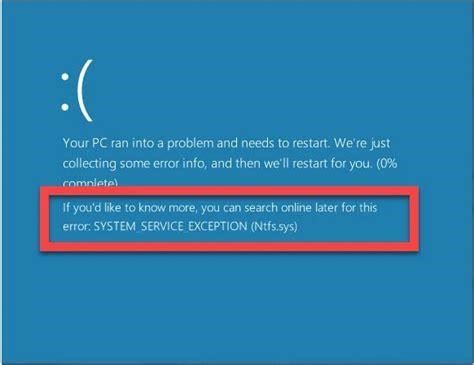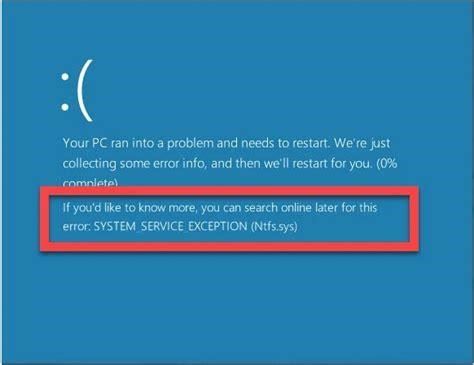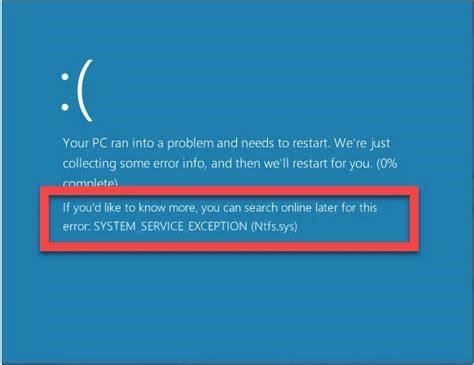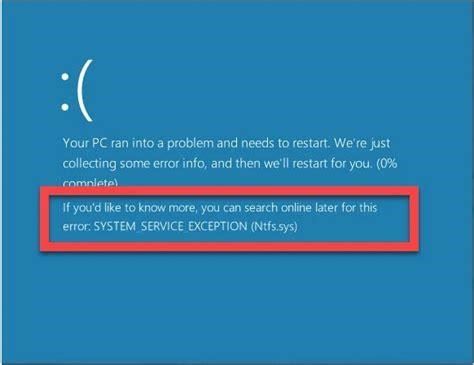Take Control: How to Customize Your Windows 10 Taskbar Like a Pro
The Windows taskbar is one of the most utilized features of Microsoft’s ubiquitous operating system. This handy bar provides quick access to pinned apps, the Start menu, Cortana, and open windows. While the default configuration works well, the taskbar is highly customizable to boost productivity and match personal preferences. With a few simple tweaks, you can tailor the taskbar to fit your workflows perfectly.
In this guide, we’ll walk through customizing the Windows 10 taskbar to maximize utility. You’ll learn professional techniques to:
Pin Your Most-Used Apps
The most basic customization is pinning preferred apps to the taskbar for one-click access. Here’s how to pin apps in Windows 10:
- Open the Start menu and locate the app to pin.
- Right-click the app icon and select “Pin to taskbar.”
The app shortcut will now appear on the taskbar for instant launching. Feel free to pin as many apps as you’d like. Common choices include File Explorer, web browser, email client, and creative suites.
To unpin an item, right-click it and select "Unpin from taskbar." The icon will vanish in a puff of smoke.
Change the Taskbar Color for Personalization
The default Windows 10 taskbar sports a cool blue tone. Customizing the color injects personality into your desktop real estate. Here’s how to change the taskbar color in Windows 10:
- Open “Settings” and go to Personalization >Colors.
- Choose your preferred accent color or create a custom one.
- Under “Show accent color on the following surfaces,” check “Start, taskbar, and action center.”
The taskbar will instantly change to your designated hue. Feel free to experiment with tasteful tones and color combinations. Pro tip: match the taskbar color to your desktop wallpaper for a pulled-together aesthetic.
Move the Taskbar to Another Screen Edge
Prefer the taskbar on the top edge like a traditional Mac dock? Or maybe the left or right side is more convenient. Thankfully, Windows grants flexibility to put the taskbar anywhere along the screen perimeter.
Here’s how to move the Windows 10 taskbar:
- Right-click an empty area of the taskbar.
- Select “Taskbar settings” then “Taskbar location on screen.”
- Choose Left, Top, or Right.
The taskbar will slide to its new home. Give the new alignment a test drive to see if it improves your workflow.
Customize System Icons for Cleanliness
The right end of the taskbar contains handy system icons, such as the clock, volume, network, power, etc. While useful, these can clutter the bar. Windows 10 enables selectively toggling them off.
To customize system icons:
- Go to “Settings” >”Personalization” >”Taskbar.”
- Select “Turn system icons on or off.”
- Check or uncheck system icons as desired.
For instance, consider removing redundant icons like network if you already have antivirus and power visible. Decluttering streamlines the taskbar.
Right-Size Taskbar Buttons
Taskbar buttons default to a medium size. However, you can shrink them to recover valuable taskbar real estate. Here’s how:
- Go to “Settings” >”Personalization” >”Taskbar.”
- Select “Use small taskbar buttons.”
After selecting this option, the taskbar buttons downsize nicely. This squeezes more pinned app shortcuts onto the bar.
Auto-Hide the Taskbar For Distraction-Free Use
Prefer an obstructed view of your desktop wallpaper and windows? The auto-hide option makes the taskbar disappear when not in use. Simply hover your cursor at screen bottom to make it reappear.
To auto-hide the taskbar:
- Go to “Settings” >”Personalization” >”Taskbar.”
- Turn on “Automatically hide the taskbar in desktop mode.”
Now you can enjoy an uncluttered desktop experience while still easily accessing the taskbar when needed.
Reset the Taskbar to Factory Settings
No need to fret if you make too many customizations and want a fresh start. Resetting the taskbar reverts it to factory conditions. Just right-click the taskbar, select "Settings", then choose "Reset." Confirmed the reset and voila! The taskbar is like new again.
With those pro tips, you’re ready to take full command of the Windows 10 taskbar. Pin your go-to apps, pick a slick color scheme, move it anywhere, and fine-tune the layout. Employ these customizations to boost your personal productivity and enjoyment. The taskbar is one of Windows’ most invaluable tools, so be sure to take advantage of its flexibility and tailor it to your style.




